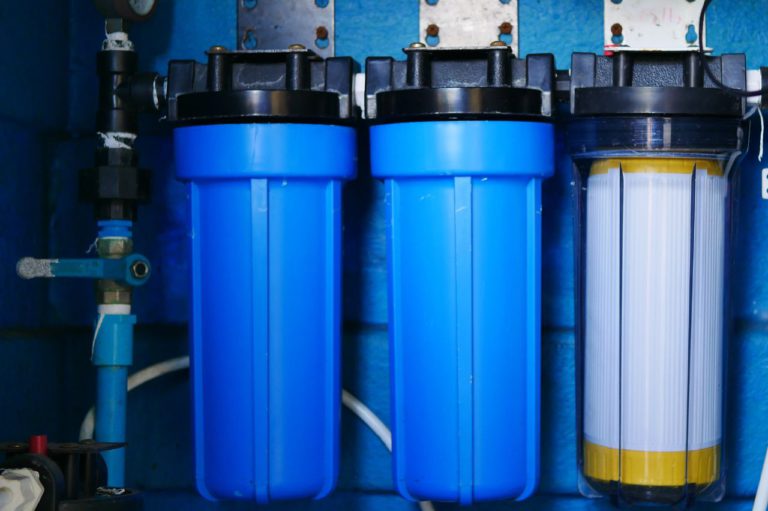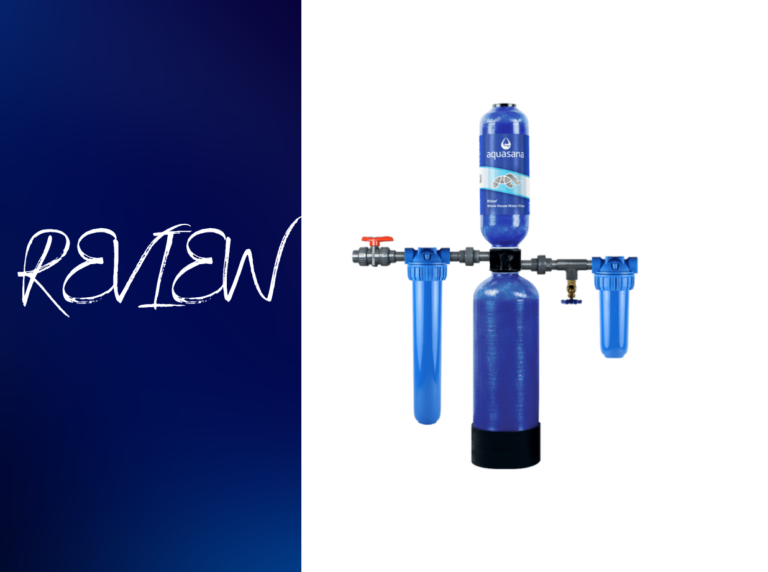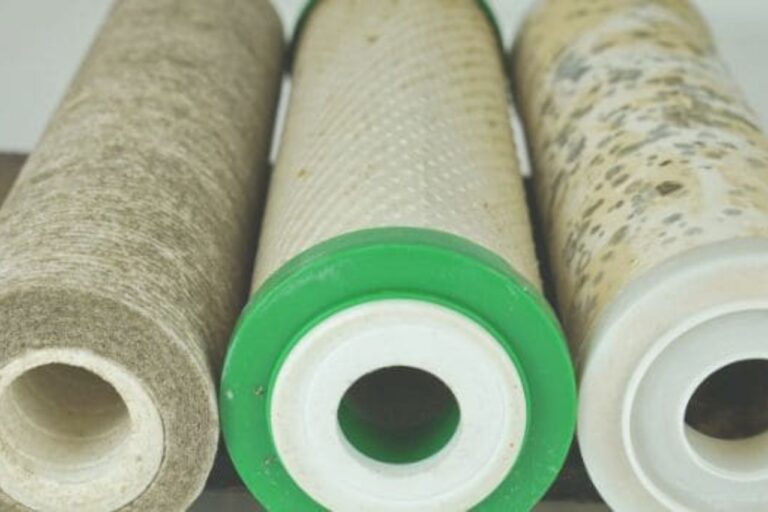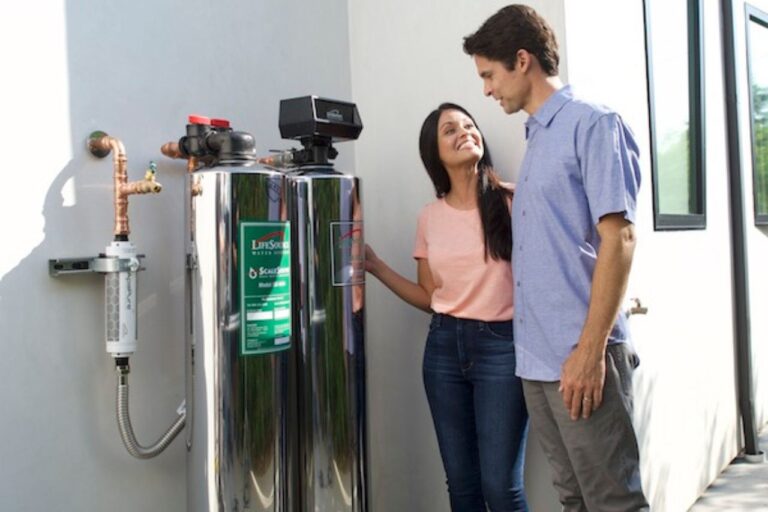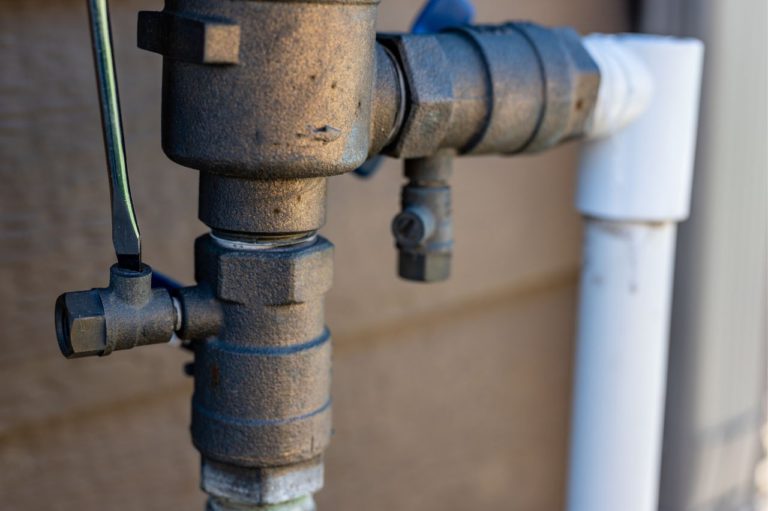Why Is My Home’s Water Pressure So Low? Solutions & Fixes
Is your shower feeling lackluster lately? Are you struggling to get a steady flow of water from your faucets?
Low water pressure can be a frustrating issue that affects not only your daily routines but also the overall functionality of your home.
But fear not! In this article, we will uncover the 5 common culprits behind your home’s low water pressure and provide you with practical solutions to help restore that satisfying water pressure you once enjoyed.
From clogged pipes and faulty valves to pressure regulator problems, we will explore the possible causes and offer expert tips to troubleshoot and fix the issue.
So, if you’re tired of weak water flow dampening your spirits, read on to discover how you can tackle low water pressure head-on and regain the refreshing showers and efficient water usage you deserve.
Identifying the signs of low water pressure
Before we dive into the common culprits behind low water pressure, it’s important to understand the signs that indicate you may be experiencing this issue.
The most obvious sign is weak water flow from your faucets and showerheads.
You may notice that it takes longer to fill a pot with water or that your shower lacks the invigorating pressure it once had. Another sign to watch out for is inconsistent water flow.
If you notice that the water pressure fluctuates throughout the day or in different areas of your home, it’s likely that low water pressure is the culprit.
Additionally, keep an eye out for sputtering or spitting faucets, as this can also be a sign of restricted water flow.
Low water pressure can be caused by various factors, so let’s explore the most common culprits and their solutions.
Corroded or clogged pipes
One of the leading causes of low water pressure is corroded or clogged pipes. Over time, minerals and sediments can build up inside your plumbing system, restricting the flow of water.
Corrosion can also occur in older pipes, further impeding water flow. To determine if this is the cause of your low water pressure, start by checking the water pressure at multiple fixtures throughout your home.
If the issue is isolated to one area, such as a single faucet, it’s likely that the pipe leading to that fixture is clogged. On the other hand, if the low water pressure is widespread, it may indicate a more significant issue with your plumbing system.
To address clogged or corroded pipes, you have a few options. One solution is to use a pipe descaling agent to break down the mineral buildup.
These agents are typically poured into the affected pipes and left to sit for a specific period to dissolve the deposits.
Another option is to hire a professional plumber to inspect and clean your pipes. In severe cases, where the pipes are extensively corroded, replacement may be necessary.
Faulty pressure regulator
A faulty pressure regulator is another common culprit behind low water pressure. The pressure regulator is responsible for maintaining a consistent water pressure throughout your home.
If it malfunctions or becomes faulty, it can result in low water pressure. To check if your pressure regulator is the cause, you can perform a simple test.
Locate the pressure regulator, which is usually near the main water shut-off valve, and adjust it to different settings. If you notice a significant change in water pressure, it’s likely that the pressure regulator needs repair or replacement.
Fixing a faulty pressure regulator usually requires the expertise of a professional plumber. They will be able to diagnose the issue and determine whether a repair or replacement is necessary.
It’s important not to attempt to repair the pressure regulator yourself, as it involves working with the main water supply line and can lead to further damage if not done correctly.
Leaks in the plumbing system
Undetected leaks in your plumbing system can also contribute to low water pressure. Even small leaks can result in a significant loss of water pressure over time.
To check for leaks, start by examining visible pipes for any signs of water damage or dripping. Pay attention to damp spots on walls or ceilings, as this can indicate a hidden leak.
You should also inspect your water meter for any unusual activity when no water is being used in your home. If the meter continues to run, it’s a strong indication of a hidden leak.
Fixing leaks in your plumbing system is crucial not only for restoring water pressure but also for preventing further damage to your home.
Depending on the location and severity of the leak, you may be able to fix it yourself using a pipe clamp or sealant.
However, for more complex leaks, it’s best to hire a professional plumber to ensure the problem is resolved properly.
Municipal water supply issues
Sometimes, low water pressure may not be a result of any issues within your home’s plumbing system but rather a problem with the municipal water supply.
Municipalities occasionally perform maintenance or repairs on their water lines, which can temporarily disrupt the water pressure in your area.
Before jumping to conclusions about your home’s plumbing, it’s a good idea to check with your neighbors to see if they are experiencing similar issues.
If the low water pressure is widespread, it’s likely a problem with the municipal water supply, and you’ll need to contact your local water authority for assistance.
Scaling or mineral buildup
Lastly, scaling or mineral buildup can also contribute to low water pressure. Hard water, which contains high levels of minerals like calcium and magnesium, can leave behind deposits in your plumbing system over time.
These deposits can accumulate and restrict the flow of water.
To determine if scaling is the cause of your low water pressure, you can inspect your faucets and showerheads for any signs of mineral buildup.
If you notice white or chalky deposits, it’s a clear indication of scaling.
To tackle scaling and mineral buildup, you can use a descaling agent specifically designed for faucets and showerheads. These agents help dissolve the mineral deposits, restoring water flow.
Regularly cleaning your faucets and showerheads can also prevent scaling from occurring in the first place.
If the scaling is severe or widespread throughout your plumbing system, it’s best to consult a professional plumber for a more comprehensive solution.
How to troubleshoot low water pressure
Now that we’ve explored the common culprits behind low water pressure, let’s discuss how you can troubleshoot the issue yourself before seeking professional help. In some cases, the problem may be minor and easily fixable.
Start by checking the water pressure at multiple fixtures throughout your home. If the low water pressure is isolated to one area, such as a single faucet, the issue is likely localized and can be resolved by cleaning or repairing that specific fixture.
If the low water pressure is widespread, it’s more likely a problem with your plumbing system as a whole, and you may need to consider the solutions mentioned earlier in this article.
Another step you can take is to check the main water shut-off valve. Ensure that it is fully open, as a partially closed valve can restrict water flow.
If the valve is already fully open and you’re still experiencing low water pressure, it’s best to consult a professional plumber for a thorough inspection and repair.
Steps to improve water pressure in your home
If your troubleshooting efforts have not resolved the low water pressure issue, it’s time to seek professional assistance. A licensed plumber will be able to diagnose the problem accurately and provide the most appropriate solution. Here are the steps they may take to improve water pressure in your home:
1. Conduct a thorough inspection of your plumbing system to identify any issues, such as clogged or corroded pipes, leaks, or faulty pressure regulators.
2. Perform necessary repairs or replacements, such as cleaning out clogged pipes, fixing leaks, or installing a new pressure regulator.
3. Check the water meter to ensure there are no hidden leaks contributing to low water pressure.
4. Test the water pressure at various fixtures to ensure the issue has been resolved.
5. Provide recommendations for ongoing maintenance and care to prevent future low water pressure problems.
Remember, it’s essential to hire a licensed and experienced plumber to ensure the problem is addressed correctly and to avoid any further damage to your plumbing system.
Conclusion
Low water pressure can be a frustrating issue that impacts your daily routines and overall comfort in your home.
understanding the common culprits behind low water pressure and the steps to troubleshoot and fix the problem, you can regain the satisfying water pressure you once enjoyed.
Whether it’s clogged pipes, a faulty pressure regulator, leaks, municipal water supply issues, or scaling, there are solutions available to help you tackle low water pressure head-on.
If your troubleshooting efforts are unsuccessful, don’t hesitate to seek the expertise of a professional plumber.
With their help, you’ll be able to restore refreshing showers and efficient water usage, ensuring a more comfortable and enjoyable home experience.
Remember, you deserve a home where water pressure is never a concern, so take action today and start enjoying the rejuvenating showers and efficient water usage you deserve.



